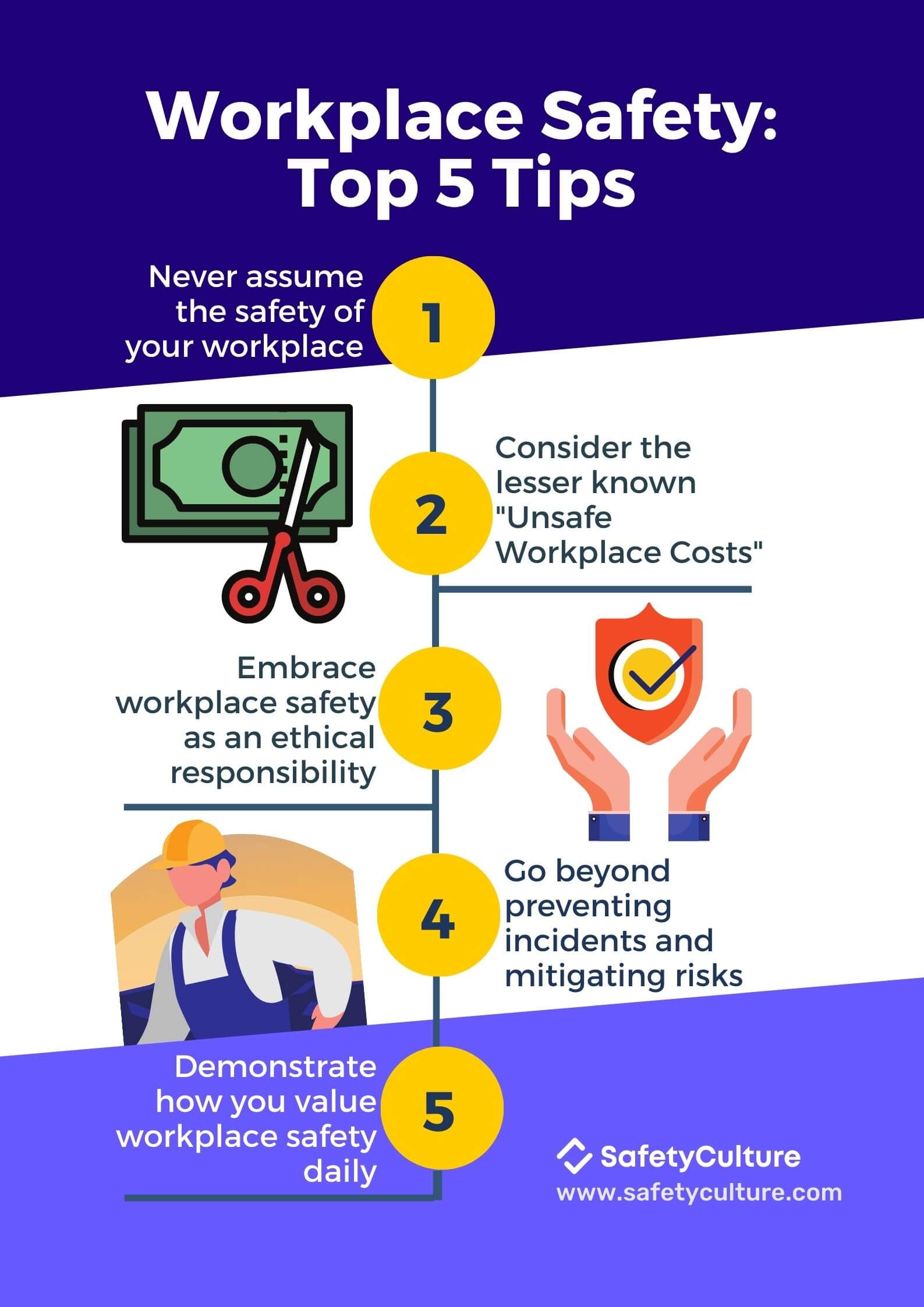

If you have witnessed or know someone who has witnessed a colleague failing to follow safety protocol, report this person to your manager. There’s no room for unsafe behavior in a warehouse environment.

Get acquainted with all facility protocol, and if it’s not provided to you, ask your manager. Get to know all emergency proceduresĪll warehouse workers should be thoroughly trained on important safety protocol, such as evacuation procedures, hazard communication, fire safety procedures, and more. Remember to look both ways and pay close attention to all visual indicators, like lights, floor markings, and illuminated signs. They are the “streets” of the warehouse in which pieces of heavy machinery and vehicles are on the move. If you’ve spent time working in warehouses, then you know that warehouse aisleways are some of the most hazardous areas in the building. If you are a contractor or a member of an on-demand staffing platform who might be exempt from this special training, be sure to educate yourself on OSHA’s Ergonomics Standards and Enforcements. The nation’s warehouses are required to follow practices and provide training to their employees on this matter. OSHA has a set of standards associated with ergonomics, which features a section on heavy lifting in warehouse environments. Simply put, if a colleague or manager instructs you to perform a task that you have not been signed off to do, do NOT attempt to do it. This is one of the cardinal rules in OSHA’s handbook, Worker Safety Series: Warehousing. Throughout its pages, the governing body states that, under no circumstance, should a worker attempt to complete a task for which they have not yet been fully trained and/or licensed, especially when it comes to vehicle operation. Never performed duties you are not trained/licensed to do To avoid further injury, be sure to report any and all problems to management immediately. If a workhouse associate were following procedures to a “T,” there is no reason to sustain injuries, which means that a piece of equipment or work process might be faulty. This includes something as seemingly inconsequential as a minor burn or small cut. Always double-check the company policy prior to the beginning of the shift. Typically, warehouse employees will be allocated safety gear upon hire, but contractors, and those working through temp agencies or on-demand staffing platforms like Wonolo may be expected to supply their own. Wear personal protective gearĮxamples of these items might include safety goggles, hard hats, fire-resistant clothing, steel-toe boots, earplugs, and leather work gloves. Now that you’ve learned a bit about why warehouse safety is such an important issue, let’s look at how you can stay safe at work: 1. Never perform duties you are not trained/licensed to do.Here are 8 practical safety tips via OSHA’s Worker Safety Series: Warehousing, that all warehouse workers should follow during their shifts: Having said that, general, day-to-day safety also falls on the shoulders of warehouse associates. The governing bodies regularly conduct safety audits to confirm that each and every warehouse is, in fact, following the best practices stipulated. It might be an unsettling truth, but you can rest assured that all warehouses operating within the United States are held to very stringent standards.Įach year, governing bodies, such as the Occupational Safety and Health Administration (OSHA), make the necessary adjustments to ensure that the associates working in the warehousing and manufacturing industries follow the safest-known practices, in the most secure facilities possible.

Department of Labor’s Bureau of Labor Statistics, the various sectors within the warehousing industry have the highest occupational industry incidents rates in the country.


 0 kommentar(er)
0 kommentar(er)
